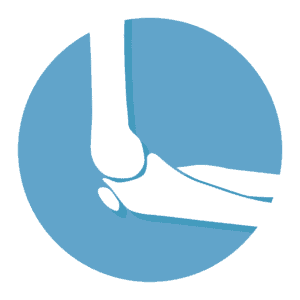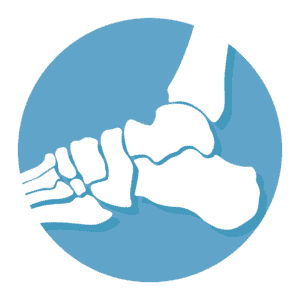
What is Medial Apophysitis?
Medial apophysitis, also called Little League elbow syndrome, is a condition caused by excess stress placed on the inner aspect of the elbow that occurs due to repetitive throwing movements and actions. Apophysitis refers to the inflammation of this growth plate that occurs due to recurrent trauma.
Before discussing medial apophysitis, it is important to know what the medial apophysis is. The medial apophysis refers to a small cartilage-like structure called the growth plate that is seen in the elbow of children. It connects the the bony protuberance on the inner aspect of the elbow joint, called the medial epicondyle, to the humerus bone. The apophysis is the site where a number of muscles and tendons are attached which are actively involved in stretching and rotating the forearm and the wrist.
What causes Medial Apophysitis?
Medial apophysitis is often seen in children who enjoy playing baseball. Baseball pitchers throw the ball aggressively, which can result in excessive stress being placed on the muscles and ligaments attached to the medial epicondyle apophysis, such as the medial collateral ligament. The stress can include excessive stretching, pulling and even traction. With repetitive throwing movements, continuous stress can be placed on the medial epicondyle growth plate, which eventually weakens it. In addition, there is a great degree of inflammation as well, which eventually causes pain.
Symptoms and Diagnosis
The most common symptom that patients experience is pain on the inner aspect of the elbow. This pain is worse on movement, and may be felt when throwing or carrying heavy objects. In addition to the pain, there may be localized redness and swelling as well.
The best way to diagnose medial apophysitis is from the history of the condition. As has already been mentioned, this condition is common in baseball pitchers and similar histories are usually obtained from children affected. In some cases, X-rays may be performed to assess the medial epicondyle growth plate in a bit more detail.
How Can Medial Apophysitis be Prevented?
Unfortunately, medial apophysitis can't be completely prevented, but there are certain steps that can be taken that can reduce the chance of it occurring. This can include warm up exercises before throwing, changing the strategy and method of throwing the ball and seeking medical advice early.
How is Medial Apophysitis treated?
There are a number of different treatment options available for children with medial apophysitis. These include:
- RICE approach: This refers to all of the following:
- Rest - This is the most important step as a rest allows for the tissues and growth plate to heal. This may be required for up to 6 weeks.
- Icepack application - This helps reduce inflammation and pain. The swelling can be brought down as well.
- Compression - This refers to application of a compression bandage which helps relieve pain.
- Elevation - Elevating the arm helps reduce swelling around the medial epicondyle.
- Painkillers: Painkillers prescribed to help reduce the pain and also prevent any complications that may arise from medial apophysitis. Treatments can include simple analgesics like paracetamol but in most cases non-steroidal anti-inflammatory drugs are recommended.
- Physical therapy: This is probably the best treatment available for medial apophysitis. Physical therapists will recommend rest as a first-line treatment following which gentle exercises will commence. These exercises are aimed at improving joint mobility and strengthening the muscles around the joint. Once the early phase of medial apophysitis has passed, physical therapists are actively involved in devising a rehabilitation program to restore full movement of the elbow joint. This can last for up to 8 weeks. This period of treatment is called the recovery phase and is followed by the maintenance phase that care should be taken by the patient to prevent any further injury. Physical therapists will provide appropriate advice to patients to ensure recurrent injuries do not occur.
In some cases, physical therapists may offer the patient braces to help support the elbow and limit elbow movement. This allows the patient to rest the elbow and therefore promote healing. - Surgical treatments: In some rare cases, medial apophysitis may be complicated by a condition called an "avulsion fracture." This refers to a complete separation of the growth plate from the bone, to a point where it sometimes can break up into a number of small pieces. In such cases, medical treatment may not be useful and repositioning the growth plate by surgery into its normal position, or removing the broken pieces, will be the way forward. Surgical treatments are often followed by physical therapy as a part of rehabilitation.








